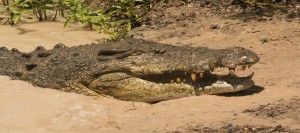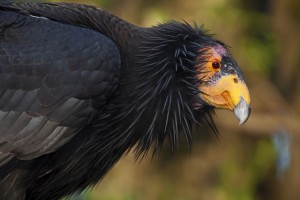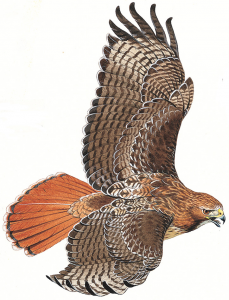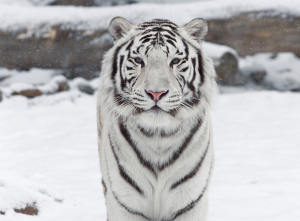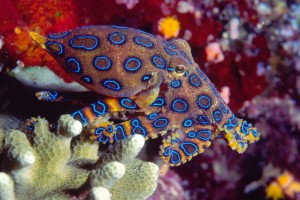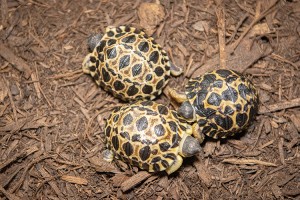Blue Ribbons and Tail Wags: The National Dog Show
Monday, November 20th, 2023
A dog show is a competitive event in which judges evaluate dogs on their physical appearance and condition. In this photograph, a woman parades a doberman pinscher for the judges’ review.
© Shutterstock
The National Dog Show, presented by the Kennel Club of Philadelphia and the American Kennel Club, took place over the weekend at the Greater Philadelphia Expo Center in Oaks, Pennsylvania. The National Dog Show has aired on television every Thanksgiving Day after Macy’s Thanksgiving Day parade for 20 years. Anyone can go to see the show near Philadelphia for an entrance fee, especially well-behaved dogs.

The bichon frise is a popular show dog. This photograph shows bichons frises lined up for judging at a dog show.
AP Photo
The American Kennel Club (AKC), the best-known dog registry in the United States, classifies dog breeds into seven major groups for exhibition in dog shows. The seven groups are (1) sporting dogs, (2) hounds, (3) working dogs, (4) terriers, (5) toy dogs, (6) nonsporting dogs, and (7) herding dogs. The AKC also has a miscellaneous category for dogs that are growing in popularity but that have not yet been accepted for registration.
Last weekend nearly 2,000 dogs made their way to the Philadelphia area to compete with their owners, handlers, milk-bones, and hair dryers. There are 205 registered breeds in the show this year competing in the 7 group competitions. Each breed competes to be “Best of Breed.” Those winners participate to be “First in Group” in each of the seven groups. From the seven dogs named “First in Group,” the judges name the overall champion as “Best in Show.”
The American Kennel Club added a new breed to the registry last year. The Biewer terrier, a German toy breed, is making its debut on the show. The breed, pronounced like“beaver,” is a relative of a Yorkshire terrier with white, tan, and brown fur. They are known as friendly and athletic companions.
Last year, Winston, a cream-colored French bulldog won “Best in Show.” In 2021, Claire the Scottish deerhound, a type of hound, won “Best in Show.” In 2019, a bulldog named Thor won after taking the non-sporting group. A whippet, a hound breed, named Whiskey won in 2018.

